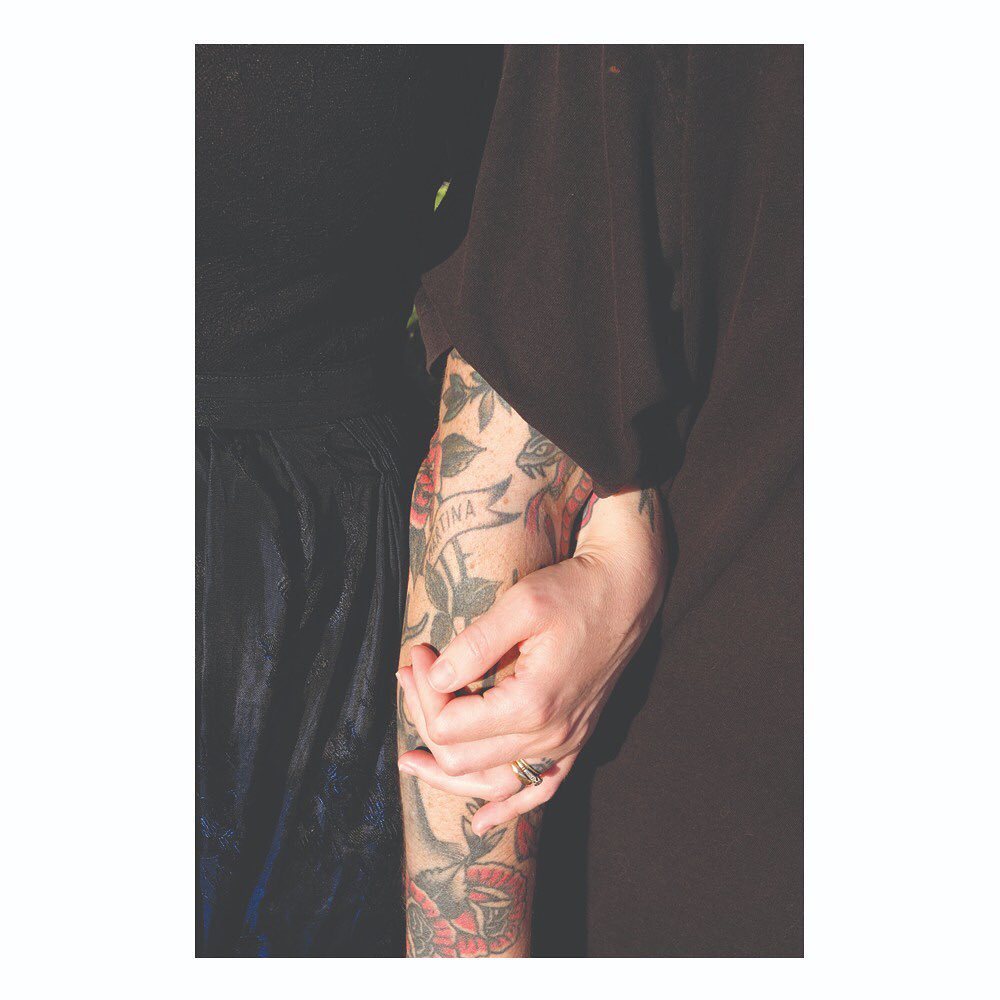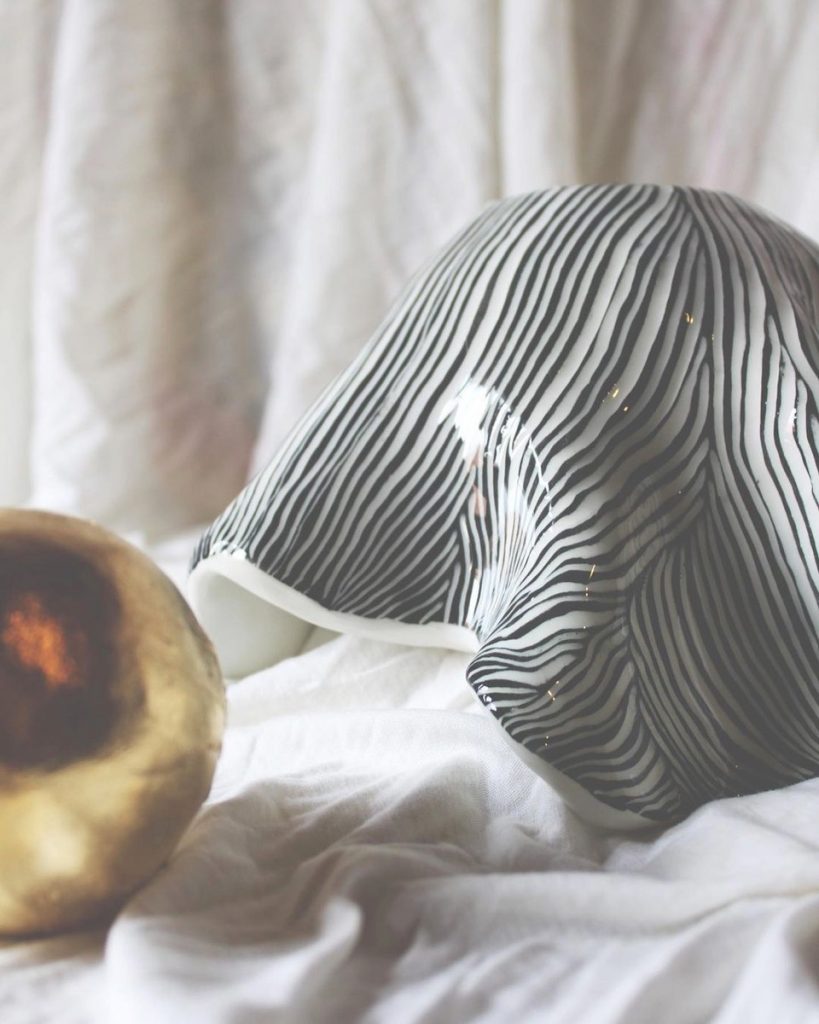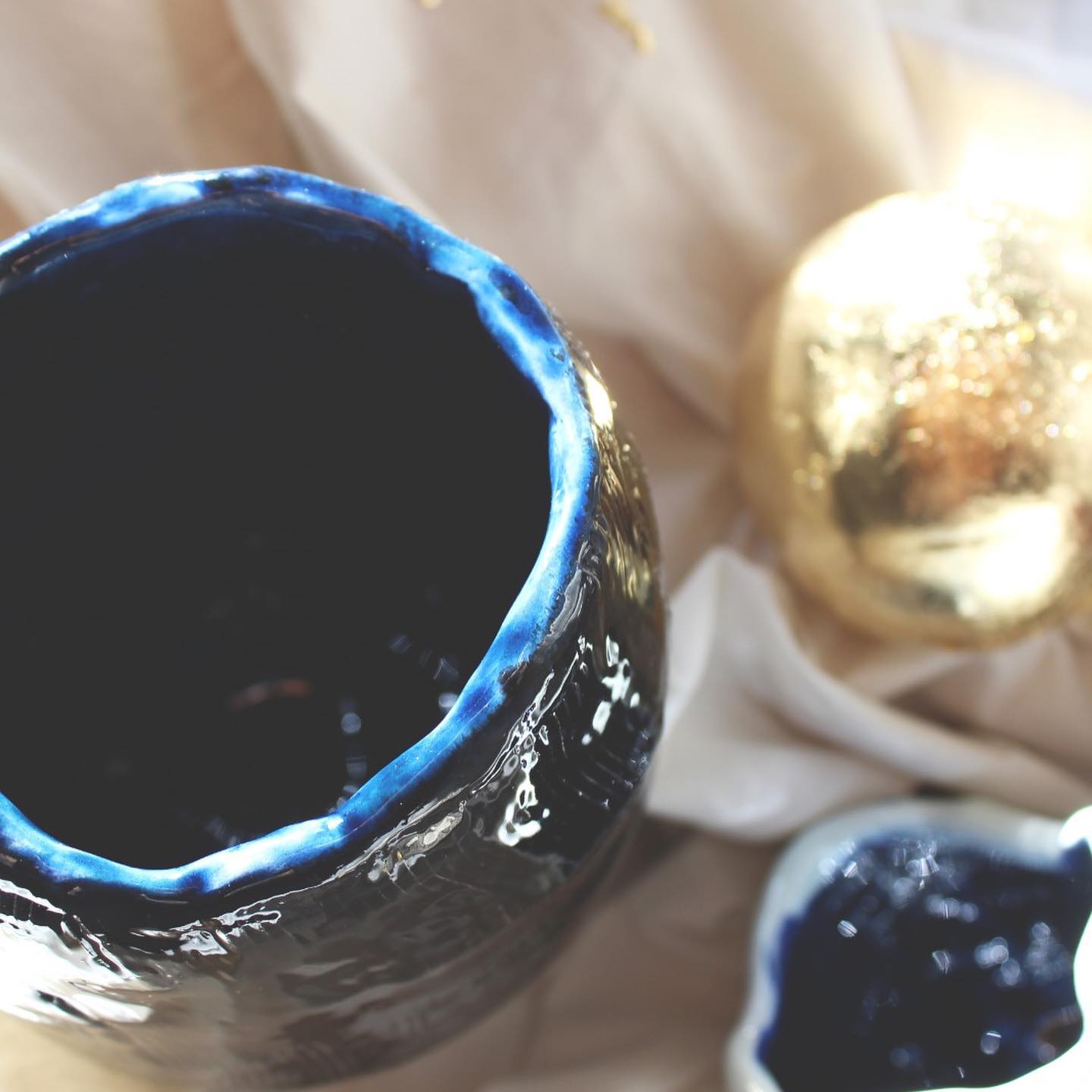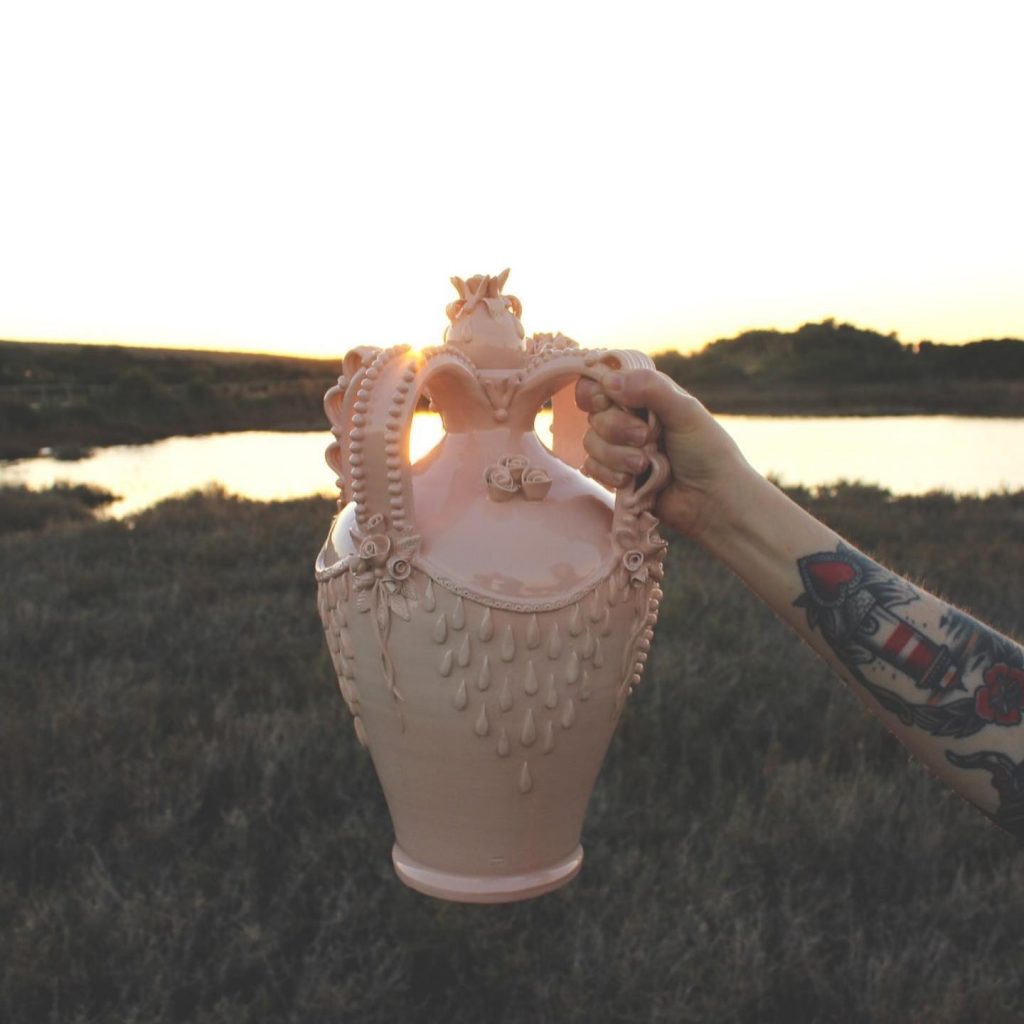HEART STUDIO: a multidisciplinary design studio that re-interprets the territory

Heart Studio, founded in 2009 by Bruno and Martina, is a multidisciplinary design studio that intersects plastic and visual arts in an approach that combines research, sharing and encounter. Deeply linked to Sardinian territory and culture, they reinterpret its languages and symbols to open up to projects in a path that is always attentive to both concreteness and manual approach.

Introduce yourself and tell us what Heart Studio is.
Bruno: We are Bruno and Martina, the founders of Heart Studio. We deal with visual communication and design in general. We exist since 2009, where we started in particular with graphics, illustration and screen printing. Then in these 10 years the study has evolved, or entered the study many disciplines that we did not follow. So we like to call ourselves a multidisciplinary design studio.
In particular, the various things we deal with have a single concept, which refers whenever possible to Sardinian culture and to our origins. This is because we were born, grew up here and belong to this world.
Considering that you deal with visual communication, how do you adapt to such different projects each time? What is your approach?
Bruno: In working with very different projects and people, in some cases more artistic and in others more commercial, it helps us a lot that we are two and we approach the work in a completely different way. Martina in a more spontaneous and artistic way, with deeper concepts almost, that start from very backward steps.
So it also comes naturally, as for example the project related to the ceramics for the installation for Sardegna Teatro was edited for 80% by Martina in which I then inserted my vision. With more commercial, commissioned projects such as Pretziada, or even the visual identity of the festival that hosted Martina’s installation, I come into play more where I make more concrete, less dreamy reasoning.

Martina: The thing that I think makes us unique in Heart Studio is that we manage to deal with very different things. We started out doing graphics, screen printing and illustration in particular; they were our origins. We’ve also worked in music, for some bands, and this has got us used to being very versatile.
Bruno: Heart Studio was born mainly because several bands around Europe asked us for work. It could be posters for concerts that they then went to print, packaging for vinyls, t-shirts. They were bands of many different genres so we learned a certain versatility there too.
However, we have always this duality between projects that are easier for us and others more commercial, where you have to follow the customer. Today we are able to combine these two worlds and add a lot of our own to them. This is something that we are increasingly being asked to do by clients, and we are happy about that.
Martina: It’s certainly stimulating not to be fixed on a single line. Being able to move around allows us not to get bogged down in a single thing and stimulates us, creates a different approach. It trains us to always be on the move, both with ideas and various projects, and to approach them in a positive and renewing way.
Bruno: Here in Sardinia, it’s not like we worked in Treviso, where the main area of work was the big brand industry in a landscape where it’s easy to realise you’re doing the same type of work, with the same approach. Maybe this one makes blenders, that one makes photo tripods, but you still have to sell a product.

Here, although there are fewer companies, they are very different and it is easy to work for a company that produces natural cheeses, such as one in Gergei for which we have recently worked. Then on the same day we had a meeting for a museum project. There is this variety that exists almost everywhere, but here in Sardinia we are very few and it is easier to get into various sectors. At the same time, Martina has her own artistic path and a more manual approach.
Martina: Yes, for me the manual approach is very important. Even if the digital world is what sets us apart, the manual one is fundamental, it’s what takes us back to our origins; everything that was and is made in Sardinia has always had a manual approach, and we want to tell people about it through the workshops. Workshops to teach people what we have learnt along the way and we want to share it.
It is a path that has two aspects: there is didactics and personal development, and this is what sets us apart in Heart Studio. Over the years we have analysed our origins, asking ourselves what we could take from this world we grew up in and translate it into work, teaching, products. So we started to study the origins of some things and translate them into work, it was an anthropological and historical journey.
Bruno: Especially in Treviso, looking at the world of Sardinian creativity and design, I’ve noticed a reference to tradition represented almost always in the same way, linked above all to geometry and the Sardinian textile world. It’s certainly recognisable, but let’s try to go back, to the reasons why weaving has those symbols, to the reasons why archaeology has those symbols, so to the origins.


We tried to find a Sardinian symbolism, but not as explicit as Sardinian geometry can be, which we nonetheless adore and use whenever possible. So Martina did an anthropological research linked to the symbols we find on the stones, which was then recalled in the weaving and so on.
Martina: It was an approach we had for various traditional disciplines, I did a study on food and rituals in which the basic reasoning was to give a future to these objects taken as art objects. They have much more to tell, with their own symbolism and complexity that is important to bring back to modern times.
Bruno: If we look at all Sardinian handicrafts, whether ritual breads, ceramics or weaving, we always find symbols. Rather than looking for the aesthetic element, we have tried to understand these symbologies, found in a thousand different sectors, and we have tried to reuse them.
Martina: It’s very difficult to explain all this because, having covered so much ground, if you look at our work, you might find a clearer, stronger connection than what we can tell you. Taken individually, each subject is simpler, while telling the whole story of our journey in general doesn’t make it any easier.
Bruno: For example, we worked for a company that produces honey, which we decided to call su meli (honey in Sardinian). And for the work we started to analyse the horizons of Sulcis, the horizon of the mountain we have near our house, starting to take the forms for the company’s communication.

It is a process of observing the territory and synthesising forms, which goes beyond research and study of the products themselves. Another project we are interested in is the one on Sinnos cheese (signs in Sardinian), which refers in its graphics and aesthetics to all those signs in archaeology and is linked to our personal artistic production.
Martina: It’s a path we began a long time ago, and signs and symbols have always stimulated and inspired us a great deal, and it’s a discourse we pursue in several areas. It’s a path we started some time ago and translated into various things. It tells the story of the world of signs, both in archaeology and in the world of sheep farming, where signs were very important in giving a key to understanding that world; there was a way of communicating specific to that world.
Bruno: When we did some research, it turned out that sheep were marked with holes in their ears, so there too we find signs not linked to an aesthetic aspect but to a language, which we then included in this project. We always go back to symbolism, we find signs, symbols and languages in every aspect of Sardinia.
Martina: All this is also based on the teaching of Bruno Munari. He had a way of thinking about design based on codes and visual languages where it was important to synthesise; so we do the same for our products, i.e. the synthesis of something, of forms and signs.
Bruno: Which can then be made in a thousand ways with softer or even more organic and angular shapes.
Martina: The aim is to create a suggestion in those who see it, an idea that goes beyond the written language, it’s shapes and colours that create a visual language that can tell something. This is something we care about and we think it is a valid way of communicating. Returning to ceramics, the first work I did was the reinterpretation of the bride’s jug, and it was also a way of bringing the symbolism of shapes back into ceramics.

Bringing plastic arts related to food back into ceramics. It is important for us to create links between the various things, bridges that form a single discourse linked to the plastic and visual arts. It cannot be said, for example, that bread is only a plastic art, it has a lot to say and tell.
Bruno: The discourse on the shape of bread, the symbolism of food is very interesting…. Cirese compares it to Sardinian poetry that is only spoken and not written, improvised and therefore ephemeral, which you felt and enjoyed in the moment. He was talking about bread, but for me it works with all Sardinian ritual sweets.
Martina: You have to enjoy that moment. In my opinion the reasoning is to take something and live it in that moment. Anyway, it’s something that will wear out, it’s not destined to last, as Bruno said, it’s ephemeral. But it’s like when you spend a beautiful moment with someone you love, and you know you won’t see her for a long time. You have to enjoy that moment to the fullest. Make the most of it.

What is your approach when starting a project in Heart Studio?
Martina: The way we usually approach a job is always the same, having a good talk with the person we have to work with.
Bruno: Knowing the person, understanding in detail the project and what you are talking about.
Martina: Understanding what the personal needs are, how we can dialogue on both sides. As we said before, we met the client and created a link that helped us understand what his needs were so that we could meet our way of expressing ourselves.
Bruno: And then also the great fortune in Heart Studio of being two people and therefore having different visions. Even when you’re chatting in the car on the way back from a meeting, what will become the project takes shape.
Martina: It’s very immediate. Often what we want to do comes immediately to mind. It’ s the feeling between us that contributes, but also a spontaneity in putting down something immediate, that turns out to be the right idea.
Bruno: Yes, we talk a lot, we brainstorm and when we get down to it, it’s all very spontaneous.
Martina: Yes, there is almost always the manual approach to things, writing down words, signs, ideas that help us focus on the final idea.
